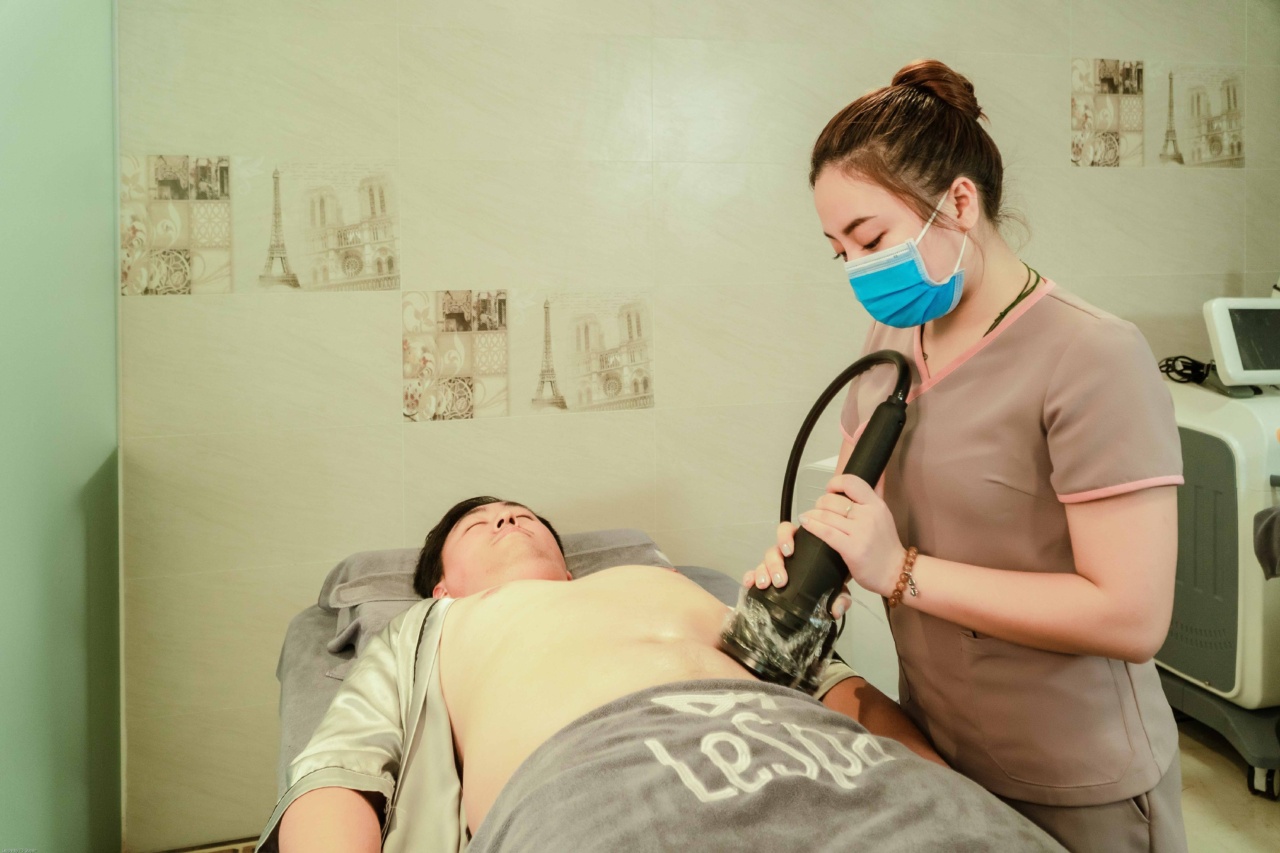Chlamydia is a sexually transmitted infection (STI) caused by the bacteria Chlamydia trachomatis. It is one of the most common STIs worldwide, particularly among sexually active women.
This comprehensive guide aims to provide detailed information about the symptoms, causes, and treatment of chlamydia in women.
What are the Symptoms of Chlamydia in Women?
Chlamydia often presents with mild or no symptoms, making it difficult to diagnose without proper testing. However, some women may experience the following symptoms:.
- Abnormal vaginal discharge
- Painful urination
- Lower abdominal pain
- Bleeding between periods
- Pain during sexual intercourse
- Rectal pain or discharge (if the infection is acquired through anal sex)
It is important to note that these symptoms can vary from person to person, and some individuals may not experience any symptoms at all.
What Causes Chlamydia in Women?
Chlamydia is primarily transmitted through sexual contact with an infected individual. Unprotected vaginal, anal, or oral sex can facilitate the transmission of Chlamydia trachomatis bacteria.
It can also be passed from an infected mother to her baby during childbirth, potentially leading to serious health complications for the newborn.
Factors that can increase the risk of contracting chlamydia include:.
- Having multiple sexual partners
- Engaging in unprotected sex
- Previous or current history of STIs
- Being sexually active at a young age
- Using drugs or alcohol, which can impair judgment and lead to risky sexual behavior
How is Chlamydia Diagnosed in Women?
Women suspected of having chlamydia should undergo specific tests to confirm the infection. The most common diagnostic methods include:.
- NAAT (nucleic acid amplification tests): These tests detect the presence of Chlamydia trachomatis DNA or RNA in a urine sample or swab taken from the cervix, urethra, or rectum.
- Cell culture: This method involves collecting a sample of the infected area and trying to grow the bacteria in a laboratory. Although it is highly accurate, it can take several days to produce results.
- PCR (polymerase chain reaction): PCR tests amplify the DNA of Chlamydia trachomatis, allowing for its detection. They are highly sensitive and widely used.
It is recommended that sexually active women under the age of 25 and those who have multiple partners or engage in unprotected sex should be regularly screened for chlamydia, even if they do not exhibit any symptoms.
Treatment Options for Chlamydia in Women
Chlamydia can be effectively treated with antibiotics. The two most common antibiotics prescribed for chlamydia are:.
- Azithromycin: A single dose of azithromycin is usually recommended for chlamydia treatment. It is a convenient option for patients as it eliminates the need for multiple doses.
- Doxycycline: This antibiotic is typically taken for a week, twice a day. It is an alternative treatment for those who cannot take azithromycin.
It is essential to complete the full course of antibiotics, even if the symptoms subside. Sexual partners should be informed and treated simultaneously to avoid reinfection.
Complications of Untreated Chlamydia
When left untreated, chlamydia can lead to severe health complications in women. Some potential complications include:.
- Pelvic Inflammatory Disease (PID): Chlamydial infection can ascend to the upper reproductive organs, causing inflammation, scarring, and potential fertility issues.
- Infertility: If untreated, chlamydia can lead to long-term damage to the reproductive system, increasing the risk of infertility.
- Ectopic Pregnancy: Chlamydia infection raises the chances of developing an ectopic pregnancy, wherein a fertilized egg implants outside the uterus, typically in the fallopian tubes.
- Chronic Pelvic Pain: Some women may experience persistent pelvic pain due to the scarring and inflammation caused by untreated chlamydia.
Regular testing, early diagnosis, and prompt treatment are crucial in avoiding these complications.
Preventing Chlamydia in Women
Preventing chlamydia involves adopting safe sexual practices and taking necessary precautions. Here are some preventive measures:.
- Consistent and correct use of condoms or dental dams during any sexual activity
- Limiting sexual partners and practicing mutual monogamy
- Regular testing and early treatment if diagnosed with chlamydia or any other STI
- Engaging in open and honest communication with sexual partners regarding STIs and testing
- Practicing abstinence or delaying sexual activity
- Ensuring proper testing and treatment during pregnancy
By following these preventive measures, the risk of contracting chlamydia and other STIs can be significantly reduced.
Conclusion
Chlamydia is a common sexually transmitted infection that can have serious consequences if left untreated, particularly for women. Regular testing, early diagnosis, and timely treatment are vital in reducing the risk of complications.
Practicing safe sex and adopting preventive measures play a significant role in preventing the transmission of chlamydia. Remember, maintaining open communication with sexual partners and healthcare providers is essential for your sexual health and well-being.






























